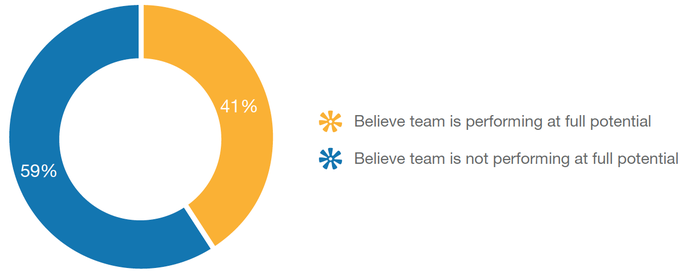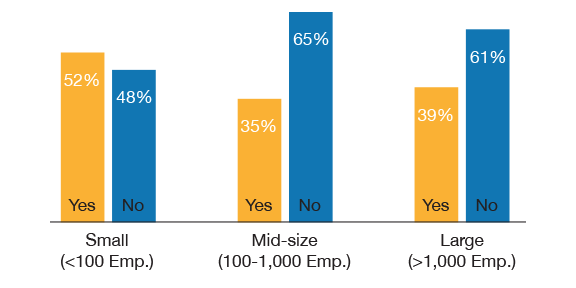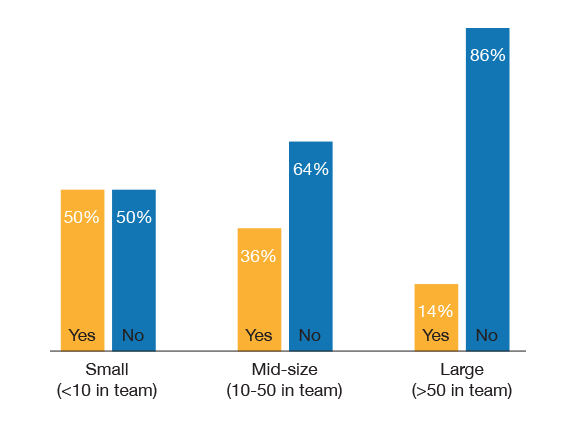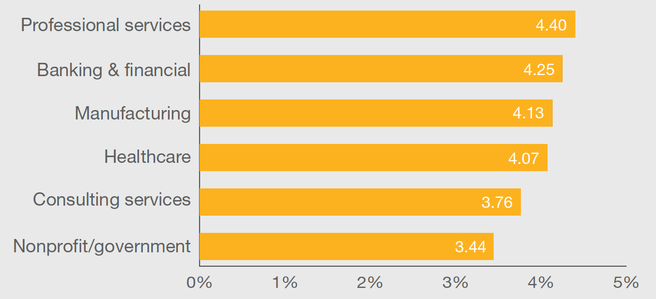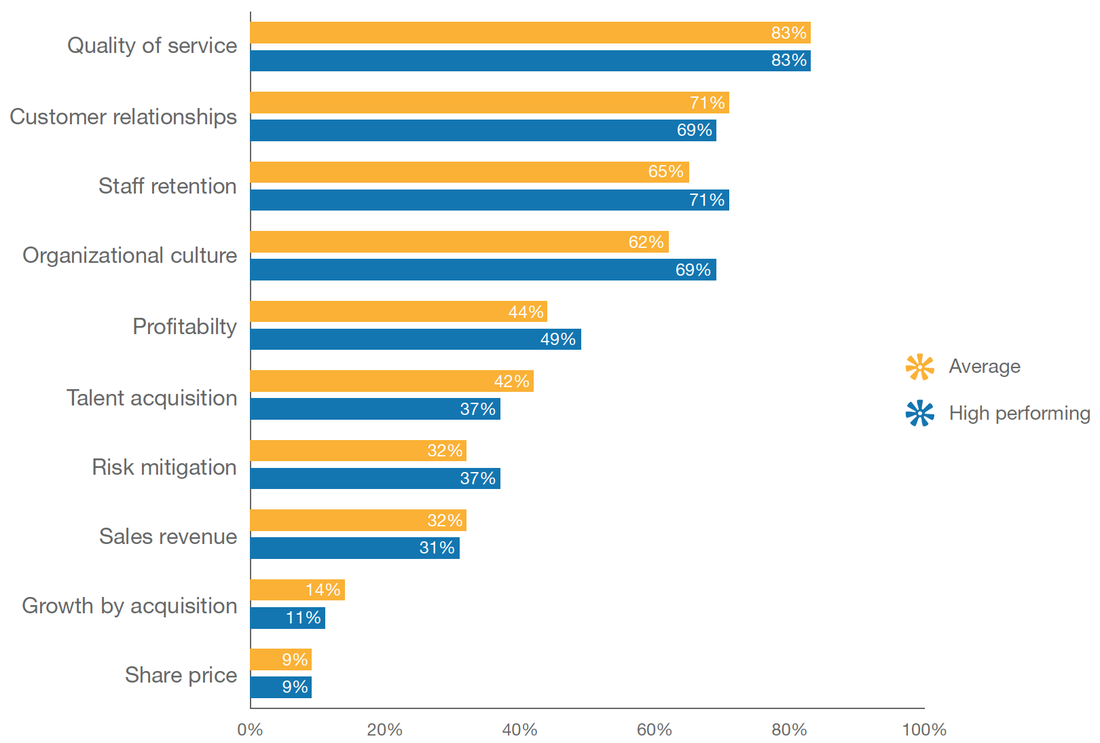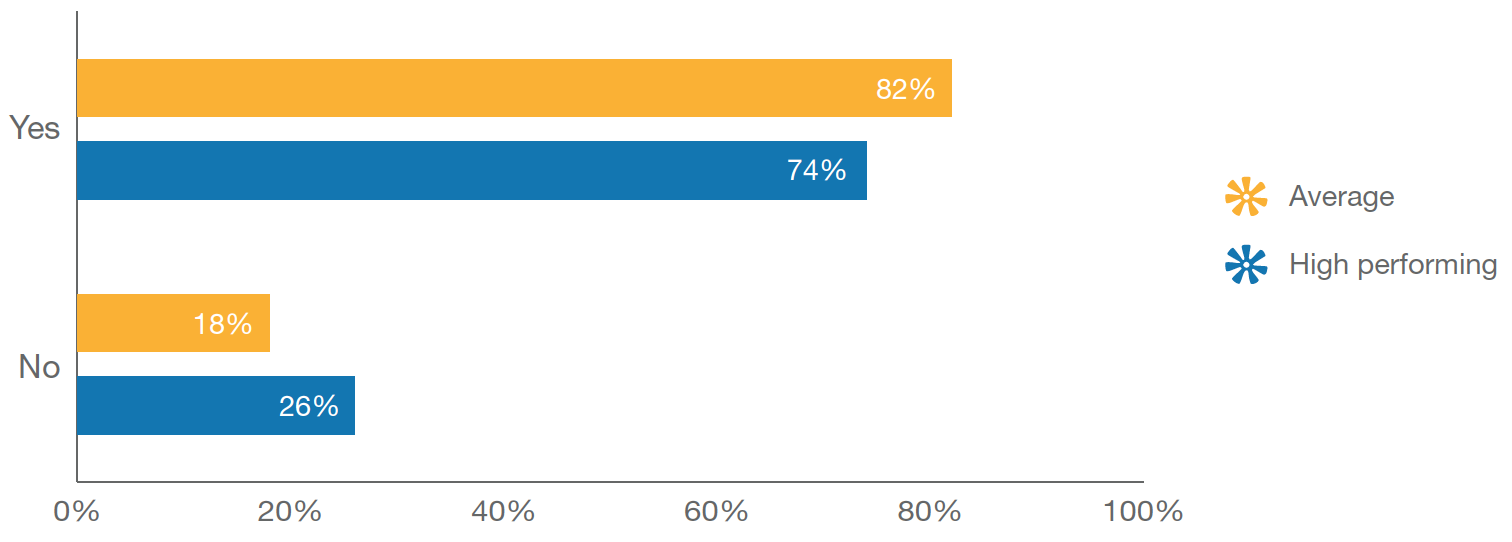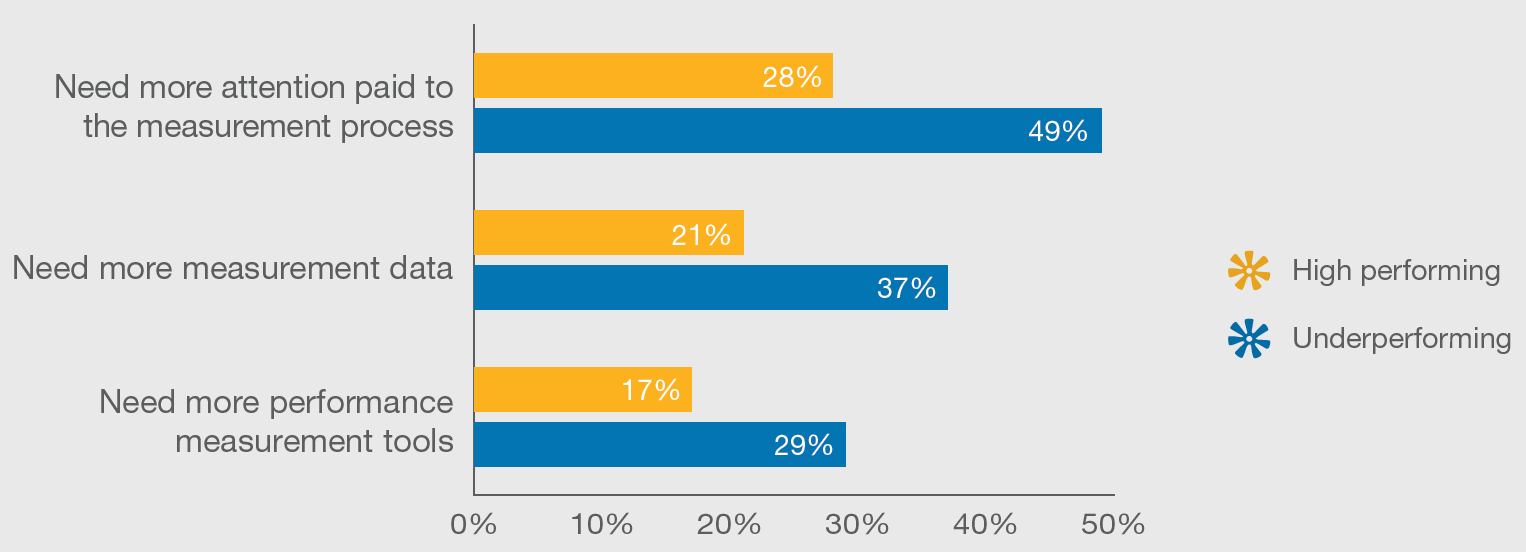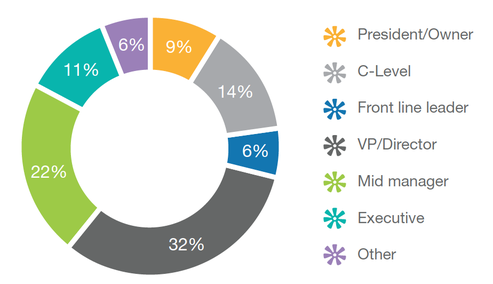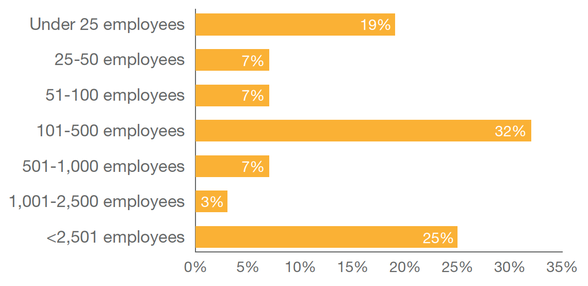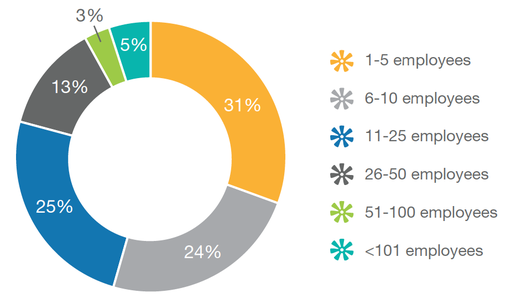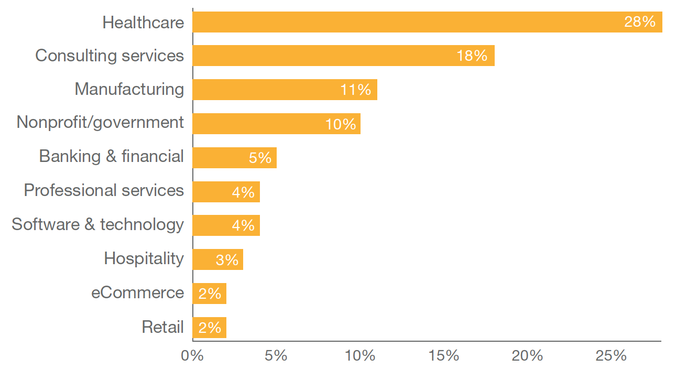Impact of Team Performance - Survey Report
|
The ThinkWise Impact of Team Performance Survey collected the thoughts of more than 100 senior executives from organizations across America who shared their experience of building high-performing teams and the overall impact teams have on a company’s success.
We asked leaders about the performance realities of their teams, to define the characteristics of high-performing teams and to provide insights into how their teams are in fact performing. Our team aggregated and analyzed the leadership insights. Here’s a snapshot of what you can expect to see: Trends and Key Findings: The importance of developing high-performing teams is clear to senior executives who seek enduring organizational success. Team Performance Realities: A majority of senior executives (59 percent) believe their internal team is underperforming, and larger teams perform worse. Traits of a High-performing Team: The trait that high-performing teams utilize most to outperform average teams is effective communication. Business Case for High-performing Teams: High-performing teams can build affinity, brand appeal and long-term value. Improving Team Performance: Avoiding accountability is the behavior most likely to be found in underperforming teams. About the Respondents: A senior business audience that is a cross-section of business owners, C-level executives and VP/director-level team leaders. |


